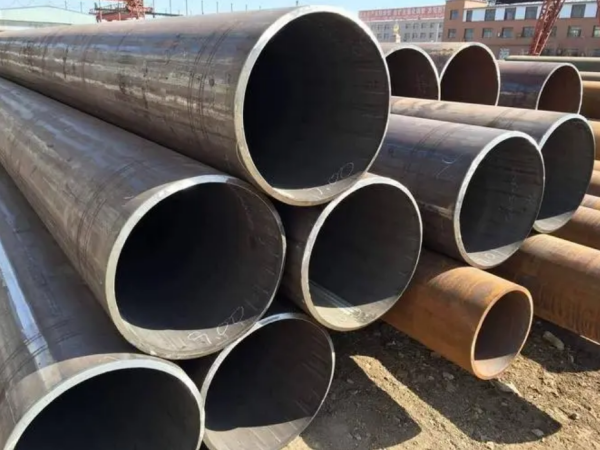What is the Standard for ERW Pipe?
The most common steel pipe used across a variety of industries is Electric Resistance Welded (ERW) pipe. This type of pipe has been in use for decades, and its standards are continually being revised to ensure its quality and strength meet the demands of whatever application it’s being used for. The standards that define ERW pipe must be followed in order to ensure that the product meets specific requirements and provides users with reliable performance.
The American Petroleum Institute (API) is one of the leading organizations that sets standards for ERW pipes. API 5L is a standard specification for line pipe. It establishes requirements for the manufacture of two product levels of seamless and welded line pipe. API 5L is used for the transportation of oil, gas, and water across pipelines. The material used in this type of line pipe must meet certain criteria such as its chemistry, mechanical properties, and dimensions. It must also pass specific tests to ensure its suitability for its intended purpose.

ASTM A53 is the most common standard for ERW pipes. This material is intended for mechanical and pressure applications and is also acceptable for ordinary uses in steam, water, gas, and air lines. It is typically used in handrails, automotive parts, fencing materials, signposts, agricultural implements, and other structural components. It must meet certain requirements including chemical composition, tensile tests, proof load, flattening tests, and hydrostatic testing.
The American Society of Mechanical Engineers (ASME) sets standards for the design, fabrication, and inspection of ERW pipes. Two important standards issued by the ASME are SA-53 and SA-106 which establish the requirements for carbon steel pipe. SA-53 covers ERW black and hot-dipped galvanized pipe and SA-106 covers seamless carbon steel pipe for high-temperature service. Both these materials must meet certain requirements including composition, tensile tests, fracture toughness tests, notch toughness tests, and hydrostatic tests.
The International Organization for Standardization (ISO) also has standards for ERW pipes. The ISO 3183 is an internationally recognized standard for the transportation of oil and gas. The material used in these pipes must meet certain compositions as well as physical, chemical, and mechanical properties. It also requires hydrostatic testing. Another standard set by the ISO is ISO 9001 which is intended for quality management systems that can be applied to any organization or business in any sector.
In summary, there are several standards for ERW pipe products that are set by various organizations such as the American Petroleum Institute, ASTM, American Society of Mechanical Engineers, and the International Organization for Standardization. These standards are necessary in order to ensure that the material used in ERW pipes meet the specific requirements for their application, such as chemical composition, tensile tests, proof loads, flattening tests, and hydrostatic testing. Following these standards helps to ensure reliable performance and good quality products.













 Eastern Steel Manufacturing Co.,Ltd not only improve product production and sales services, but also provide additional value-added services. As long as you need, we can complete your specific needs together.
Eastern Steel Manufacturing Co.,Ltd not only improve product production and sales services, but also provide additional value-added services. As long as you need, we can complete your specific needs together.










